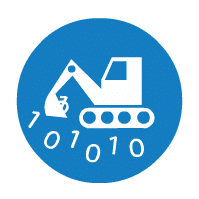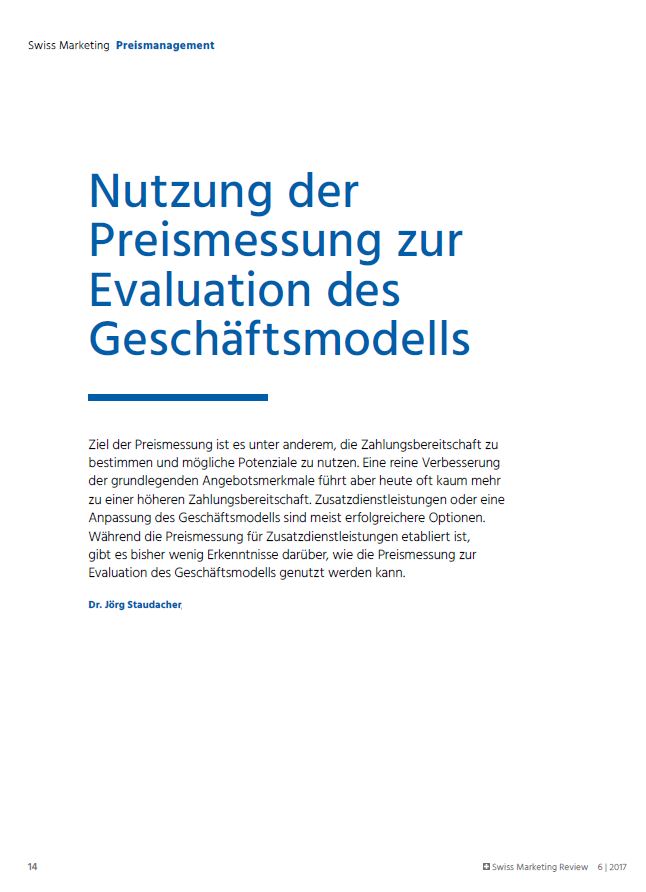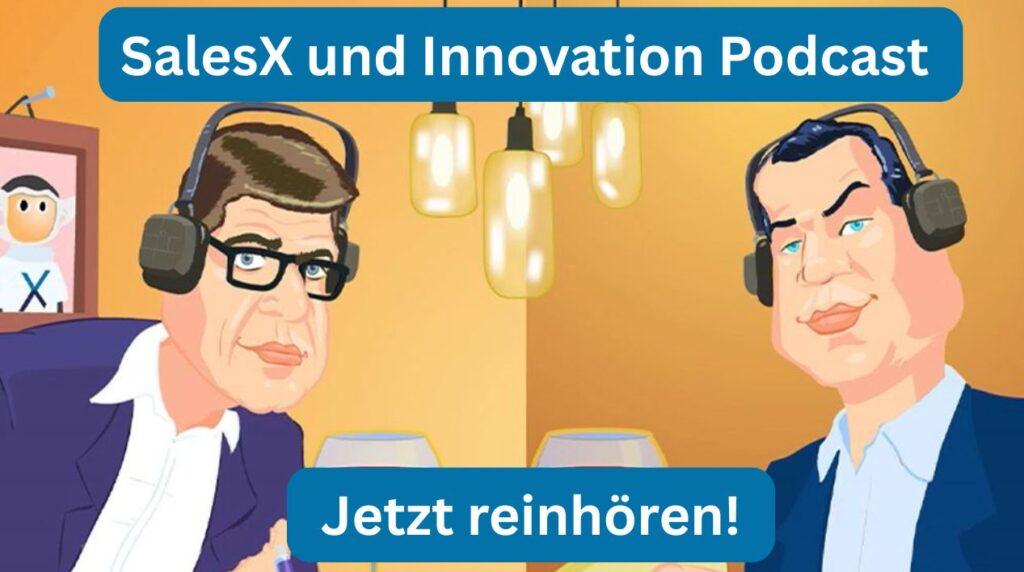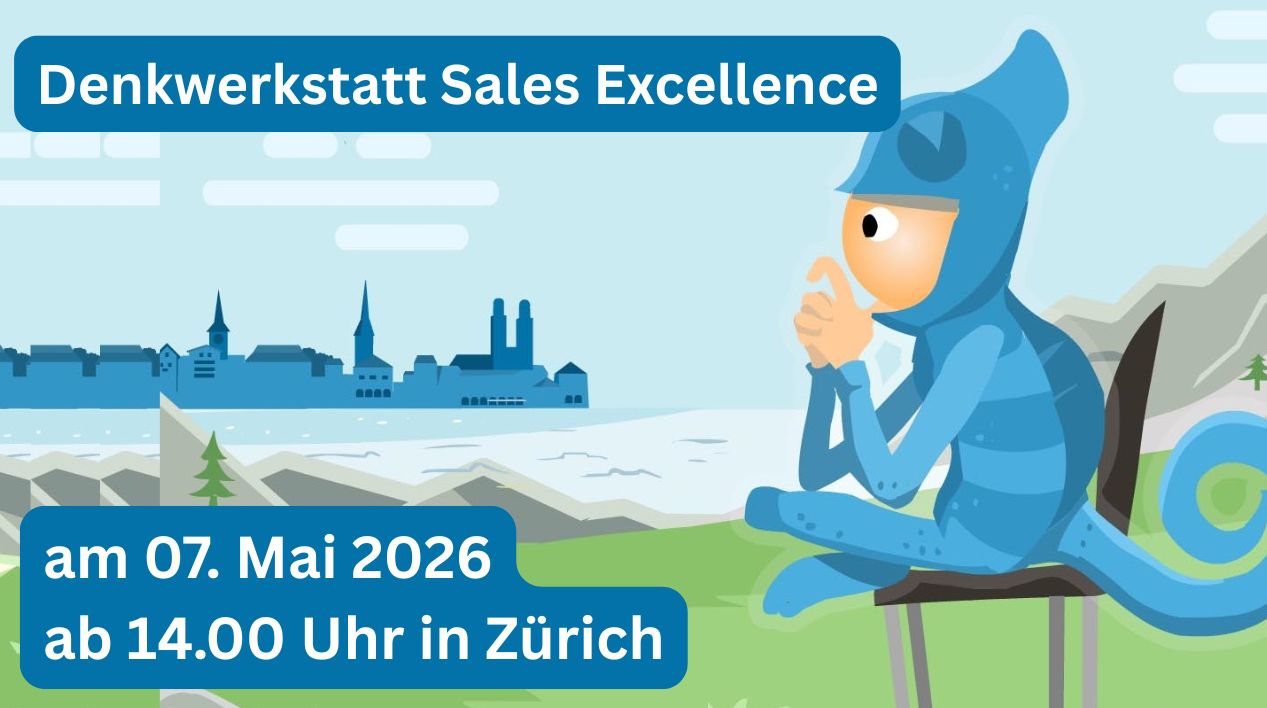The media industry is still in a transformation phase. Swiss media companies have tried out a great many new media business models in the past, with few succeeding. Core problem – companies have changed technology use, structures and agility, but have not increased customer focus. As a result, we often hear from the media industry: “asking the customer doesn’t bring much or the customer doesn’t know what he wants”. This is a dramatic misconception that is very common in the media industry. Our experience shows that the central problem in the media industry is the scarcity of competencies in the area of customer data acquisition and customer insight.
Our client had the project goal to launch new (digital) business models, as the existing model has a finite nature. Several ideas were available and there was uncertainty as to which ideas should be implemented and with what priority. As a result, the relevance and thus the willingness to pay of customers was lacking for many of the targeted business models. Based on the project results, CustomersX® recommended establishing one of the new business models.
At a glance

30%
Customer Value-based Decision Making

20%
Customer-centric transformation

30%
Co-creation

20%
Customer Management
The whole story
The media company is threatened by a declining customer base. Media use is becoming more individualized. When establishing new business models, this can lead to high costs with small market potential due to the conditions in Switzerland. The aim was to develop new business models that appeal to younger target groups in particular. Based on our business model consulting offering, we created a 6-step project approach to minimize risk and strengthen competencies in Customer Value-based Decision Making and Co-Creation.
In the first stage , existing business model ideas were critically evaluated. The respective value proposition was comprehensively examined from the perspectives of different target groups. Subsequently, the competencies and organizational requirements were matched with the individual value propositions. As a result, there were 7 ideas for new business model media.
In the second stage, co-creation workshops were used to review the 7 business model ideas from the customer’s perspective. In practice, we often experience that at this point people simply ask: “do you think this or any idea is good or bad”. Business models are not that easy to check. It is important to focus on the underlying needs. How big is the annoyance regarding existing solutions, which needs are satisfied by the new idea and to what extent? Consideration of customer value and willingness to pay is of great importance. Basically, co-creation is still given far too little attention at the various levels, even though it is a fast and inexpensive method of significantly increasing decision-making reliability. As a result, initial feedback was available on the 7 business model media ideas.
In the third stage, the business models that were positively evaluated by the customers were subjected to a further, more detailed, proof of concept. The production of services, necessary partnerships and also the cost structure were analyzed in depth. The chosen project approach enabled a fast and efficient implementation. No lengthy internal analyses were carried out first, but initial customer feedback was obtained as quickly as possible.
In the fourth stage, the remaining business model ideas were tested by means of a quantitative study. While the previous stages filtered the selection of ideas, this stage was intended to quantify the potential. It is very important to consider the customer value. Many companies have a large number of C-customers or customers with a very high price affinity. The lack of consideration of customer value in quantitative customer surveys is one of the biggest mistakes and, especially in the media industry, has led to customer surveys generally being dismissed as irrelevant.
In the fifth stage, the remaining business model was further elaborated. An initial organizational setup, a sales model and a target system for customer relationship management were established. In addition, it is also important to consider the values and the nature of cooperation. In our projects, we always make sure to consider the distribution of new business models. This is criminally neglected in most publications and approaches. As a result, our client received an efficient, fast and value-oriented analysis of different business model ideas. The selected media business model has a very high chance of succeeding in the market, with comparatively low risk for the company.
Based on our DTC approach, stage 6 involved training employees in the company to conduct customer surveys and co-creation workshops independently. At its core, consulting always means empowerment. Gathering valuable customer data and deriving customer insights is the core competency to improve a company’s customer focus. Particularly in industries characterized by high transformation, such as the media industry, it is important to keep the company’s responsiveness/adaptability high by increasing customer orientation. This is not possible without systematic learning and improvement.
* We take confidentiality with our customers seriously. The name has been changed, the results are real.






